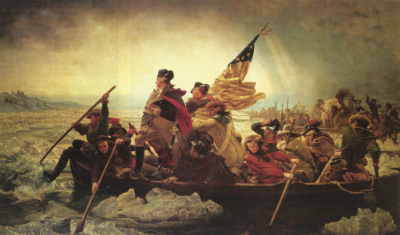A recent BBC radio documentary on the possible over-selling of climate change, focussed on the link between high profile papers appearing in Nature or Science, the press releases and the subsequent press coverage. One of the examples chosen was the Stainforth et al climateprediction.net paper that reported the ranges of climate sensitivity within their super-ensemble of perturbed physics runs. While there was a lot of interesting science in this paper (the new methodology, the range of results etc.) which fully justified its appearance in Nature, we were quite critical of their basic conclusion – that climate sensitivities significantly higher than the standard range (1.5 – 4.5ºC) were plausible – because there is significant other data, predominantly from paleo-climate, that pretty much rule those high numbers out (as we discussed again recently). The press coverage of the paper mostly picked up on the very high end sensitivities (up to 11ºC) and often confused the notion of an equilibirum sensitivity with an actual prediction for 2100 and this lead to some pretty way-out headlines. I think all involved would agree that this was not a big step forward in the public understanding of science.
Why did this happen? Is it because the scientists were being ‘alarmist’, or was it more related to a certain naivety in how public relations and the media work? And more importantly, what can scientists do to help ensure that media coverage is a fair reflection of their work? [Read more…] about How not to write a press release
